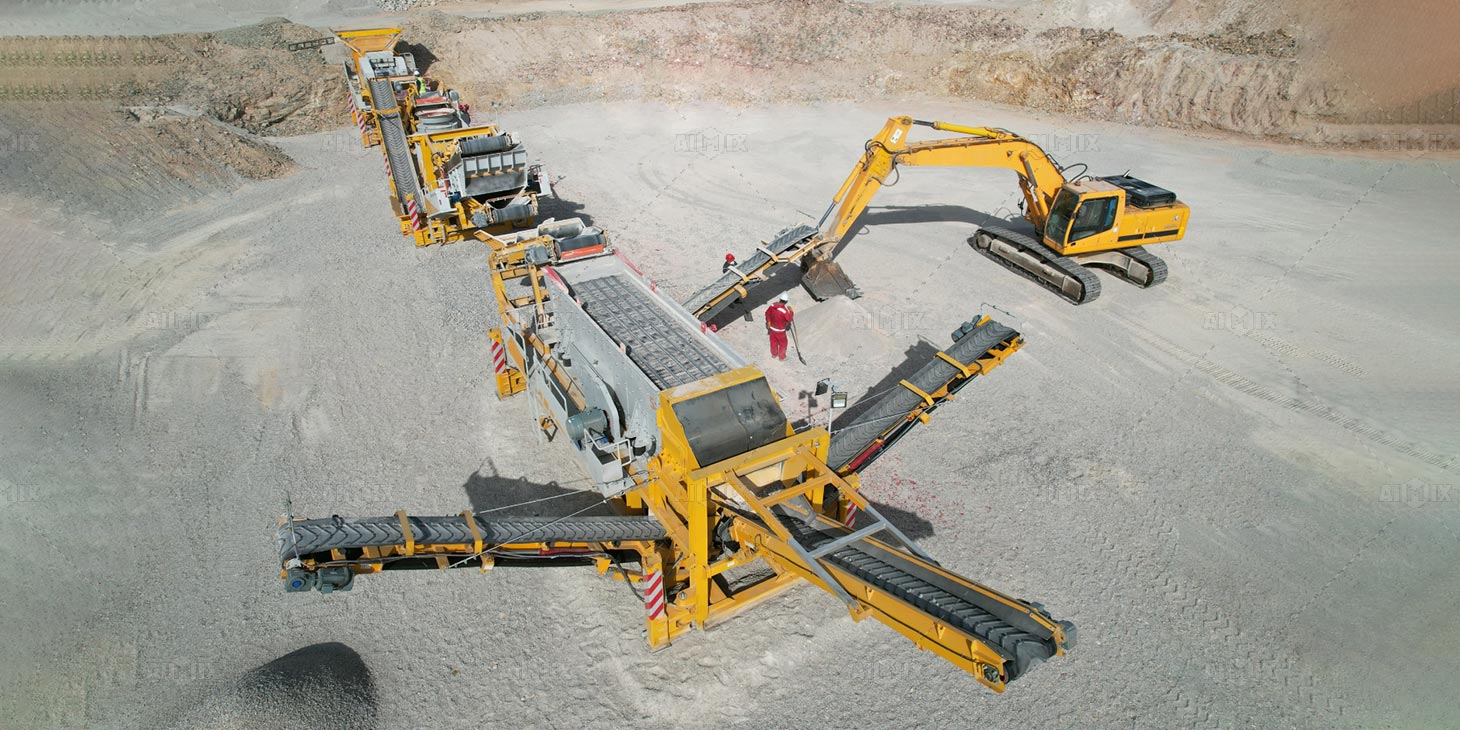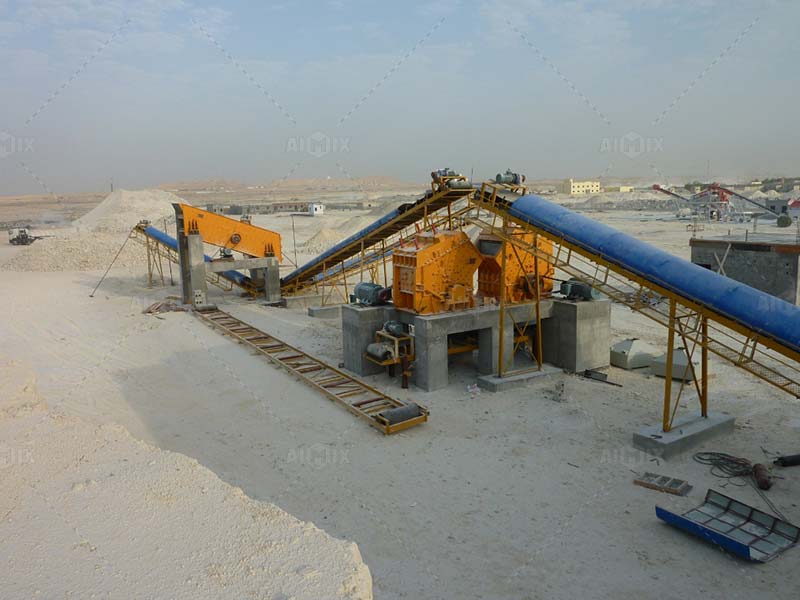Embarking on a stone crusher business is a venture that demands meticulous consideration beyond the initial investment. Understanding the ongoing operational costs is paramount for sustainable and profitable operations. Let’s delve into the often-overlooked aspects that contribute to the continuous financial commitments of running a stone crusher business.
The Machinery that Powers the Operation
At the heart of a stone crusher business lies the machinery that breathes life into raw materials, transforming them into valuable resources. However, this lifeline comes with its own set of operational costs that extend far beyond the initial purchase.
1. Fuel Consumption and Efficiency
The relentless hunger for fuel is one of the primary ongoing costs associated with operating a rock crusher. The efficiency of the machinery in converting fuel to energy becomes a pivotal factor in determining the financial sustainability of the business. Modern crushers often come with advanced technologies to optimize fuel consumption, but these innovations also come at a cost.

2. Wear and Tear: The Price of Productivity
The robust nature of stone crushers doesn’t exempt them from the wear and tear of continuous operation. Consumables, such as wear plates, need frequent replacements, and the cost of these components adds to the operational expenses. Balancing productivity with the need for regular maintenance becomes a delicate dance for businesses in this industry.
Regulatory Compliance: Navigating the Complex Terrain
The stone crushing industry operates within a framework of regulatory standards designed to ensure environmental sustainability and worker safety. Complying with these regulations is not only a legal obligation but also a financial commitment that shapes the ongoing operational costs. View more info about the crushers on AIMIX Group website.
1. Environmental Compliance Measures
Stone crushers often need to invest in dust suppression systems, noise reduction technologies, and other environmental compliance measures. While these are critical for responsible operation, they contribute significantly to the operational expenditure. Striking a balance between environmental stewardship and financial viability is a challenge faced by every stone crusher business.

2. Occupational Health and Safety Standards
Ensuring a safe working environment for the personnel involved in the stone crushing process is non-negotiable. Investments in safety equipment, training programs, and compliance with occupational health standards are ongoing operational costs that demand attention. Failing to meet these standards not only poses risks to workers but can also lead to legal repercussions and additional financial burdens.
The Invisible Costs: Overheads and Administrative Expenses
While the machinery and regulatory compliance constitute the visible costs, the invisible overheads and administrative expenses add layers of financial considerations that shape the overall operational landscape of a stone crushing plant business.
1. Administrative Personnel and Management
Behind the scenes, administrative personnel play a crucial role in the smooth functioning of a stone crusher business. Their salaries, benefits, and other administrative expenses contribute to the ongoing operational costs. Efficient management practices are essential to optimize these expenses without compromising on effectiveness.
2. Energy Consumption and Infrastructure Maintenance
The stone crushing process demands a substantial amount of energy, and the associated costs can be significant. From electricity to maintain the crusher machine‘s operations to the upkeep of infrastructure, businesses must factor in these ongoing expenses. Adopting energy-efficient technologies and proactive maintenance strategies becomes imperative to mitigate these costs.
3. Market Dynamics: Responding to Price Fluctuations
The stone crushing industry is not immune to market dynamics. The prices of raw materials, such as aggregates, can fluctuate, impacting the overall profitability of the stone crusher business investment. Businesses need to adapt to these fluctuations by adjusting pricing strategies, which, in turn, influences ongoing operational costs.
Running a stone crusher business is a journey laden with challenges and financial commitments that extend far beyond the initial investment. From the machinery that powers the operation to the intricacies of regulatory compliance and the often-hidden administrative expenses, understanding these ongoing operational costs is essential for navigating a sustainable and successful path in the stone crushing industry.
